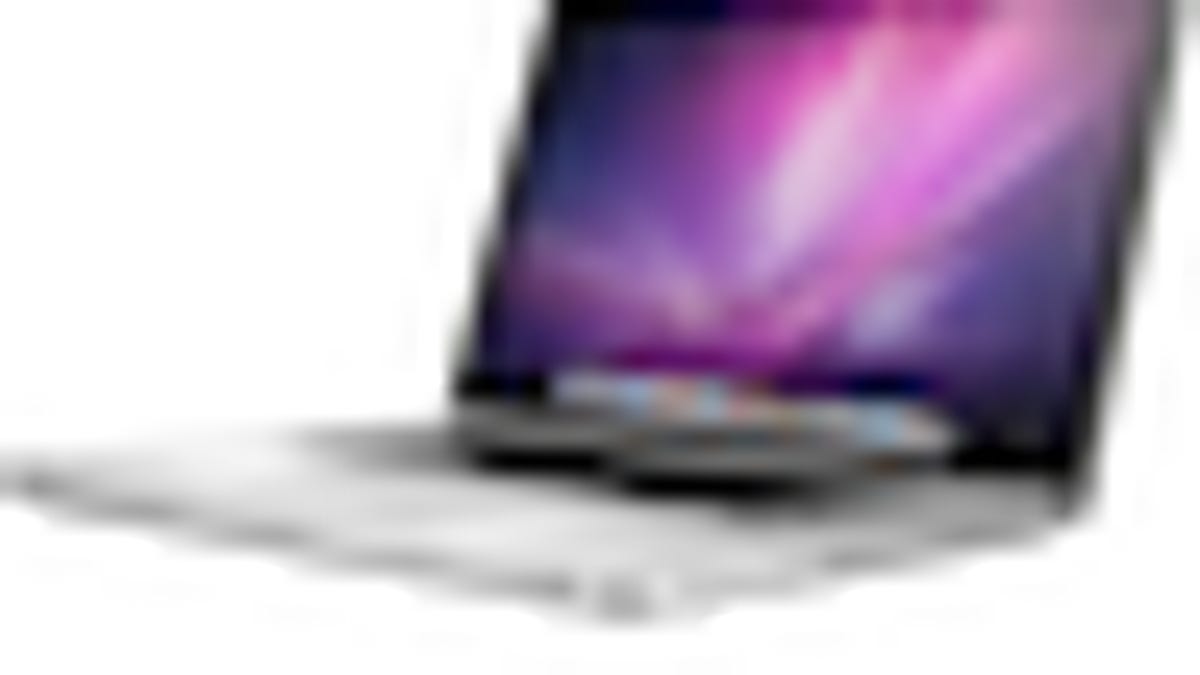MacBook Pro running low on RAM? Change energy settings
If you have one of the newer "Unibody" MacBook Pro systems, you may run into problems where the system seems to run out of available RAM more than expected, especially when running programs that can reserve large amounts of memory.

If you have one of the newer 15-inch or 17-inch "Unibody" MacBook Pro systems, you may run into problems where the system seems to run out of available RAM more than expected, especially when running programs that can reserve large amounts of memory. These include graphically intensive applications such as Adobe Creative Suite, and applications that use a lot of RAM such as virtualization solutions.
Checking and managing RAM
Running low on RAM can make your system run slowly, and you can check your RAM usage with Activity Monitor, and see what applications are using the most by clicking the "Real Mem" column in the main Activity Monitor window (shown by pressing command-1). If there are user applications that are using large amounts of RAM, they will be at the top of the list, and you can try quitting or relaunching them to free up more RAM.
Turn on higher performance graphics
If the system seem to be using more RAM than usual, you may have the dedicated graphics processor in the MacBook Pro disabled. In unibody MacBook Pro machines, you have both chipset-based and dedicated graphics processors. If you set the system to have better battery life in the "Graphics" section of the Energy Saver system preferences, the system will turn off the discrete graphics processor, leading to significant battery savings. However, doing this will result in more system memory usage since the onboard graphics chip does not have its own video memory.
When you use programs like Photoshop, games, and virtual machines that have large amounts of RAM dedicated to graphics, the onboard graphics will use the system RAM to store graphical information, and you will usually see the process "kernel_task" using more RAM. In contrast, if you are using the dedicated graphics, applications will be using the 512MB of available video RAM for the graphics card instead of the system RAM. This will result in more available system RAM, especially during heavy graphics usage.
NOTE: This option is only available in the 15-inch and 17-inch "Pro" models of unibody aluminum MacBook. The 13-inch and non-Pro versions only have one graphics processor and do not have these options.
Questions? Comments? Post them below or e-mail us!
Be sure to check us out on Twitter and the CNET Mac forums.

